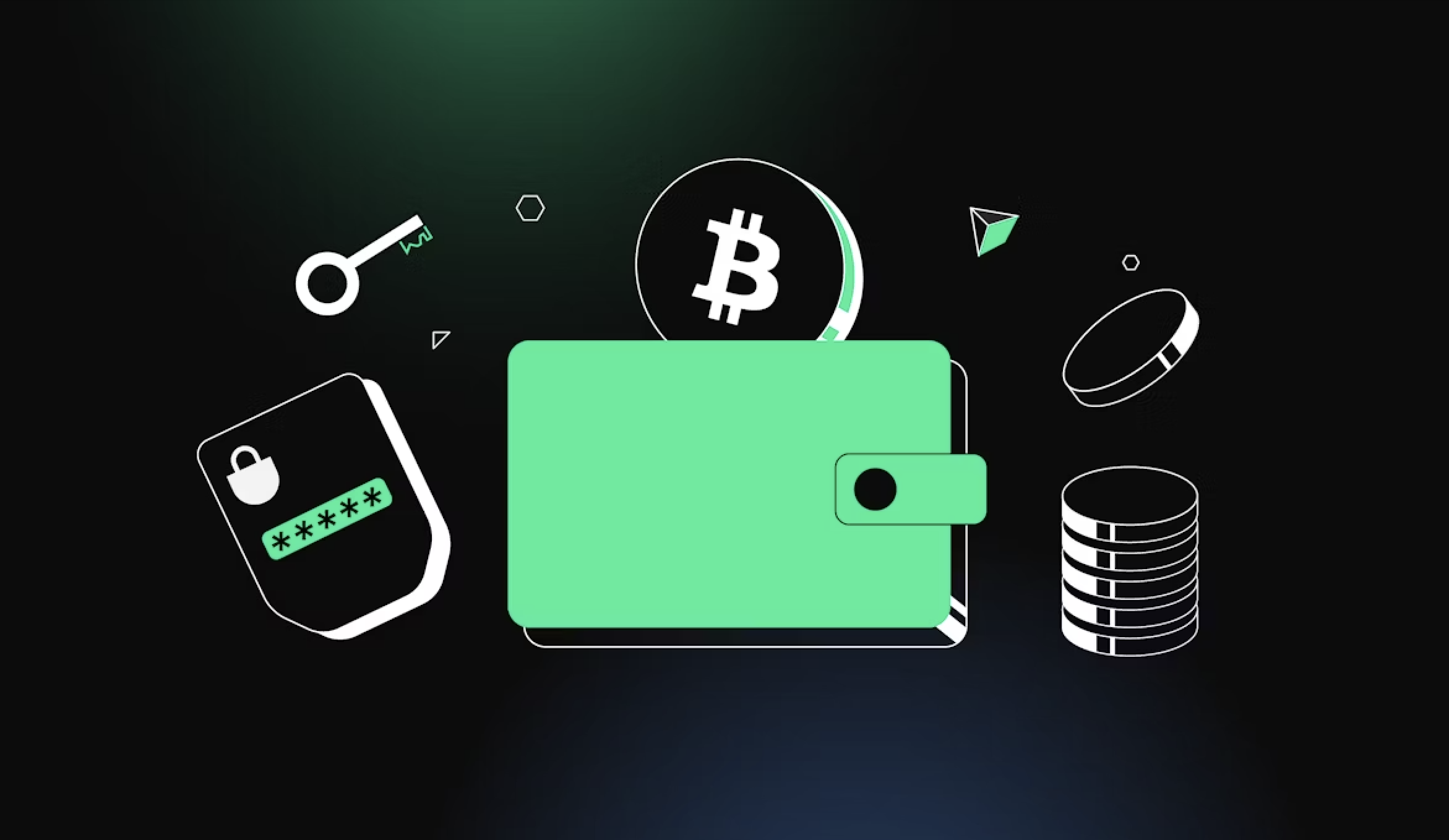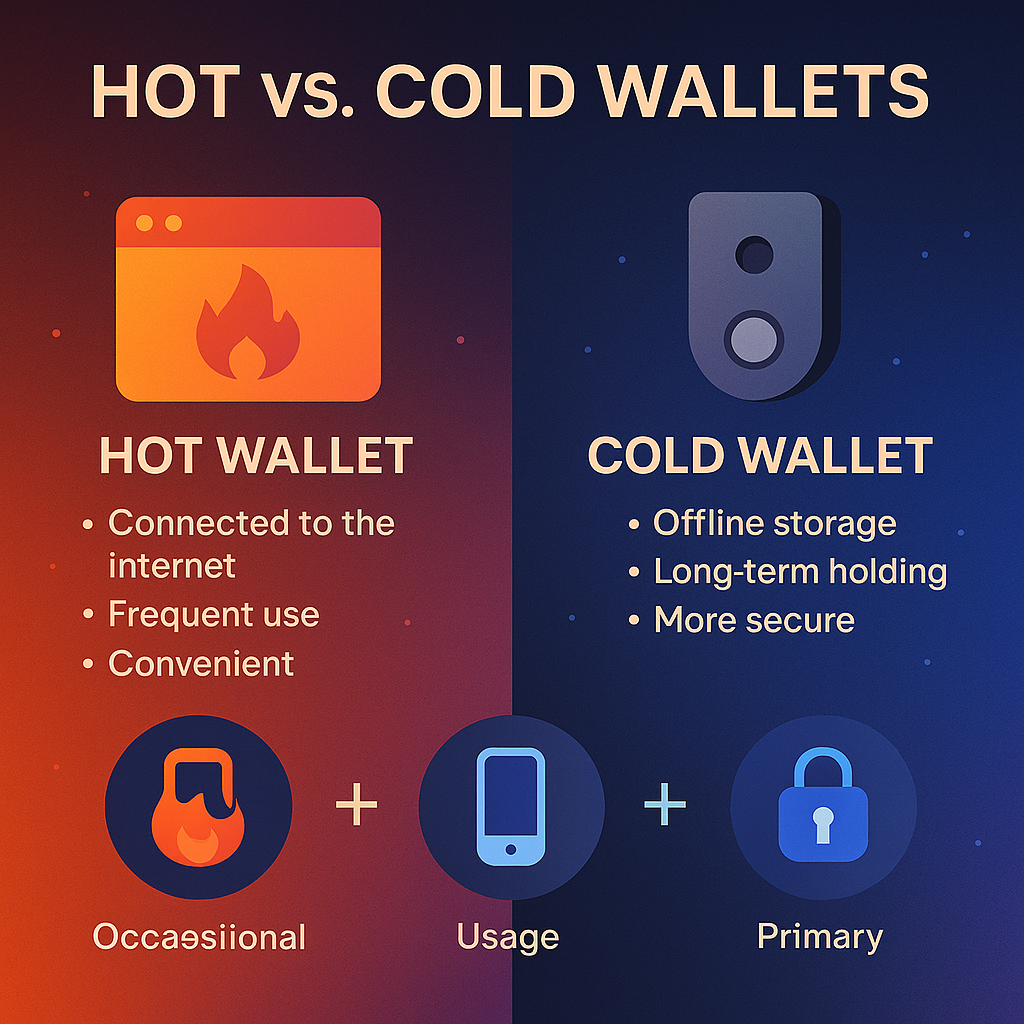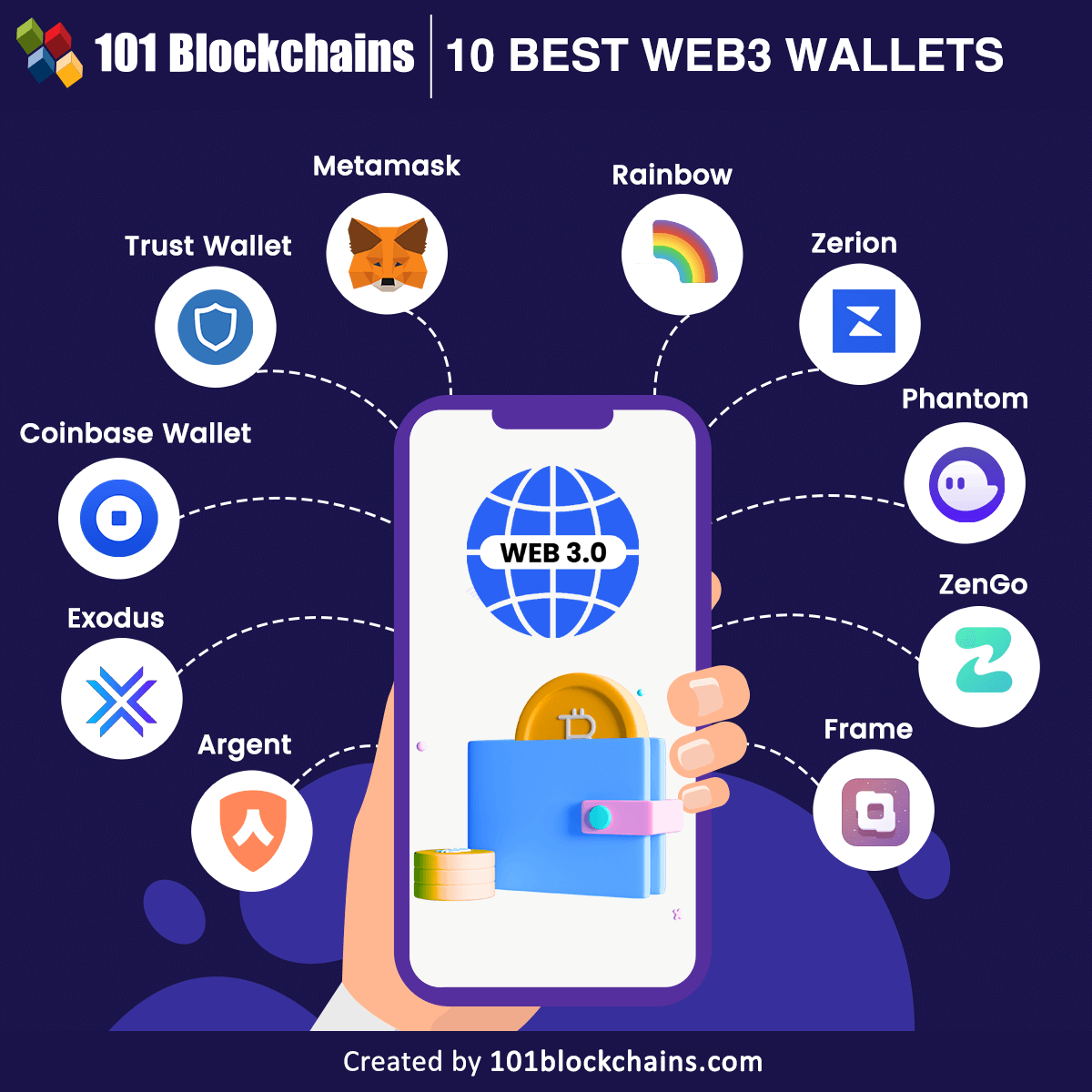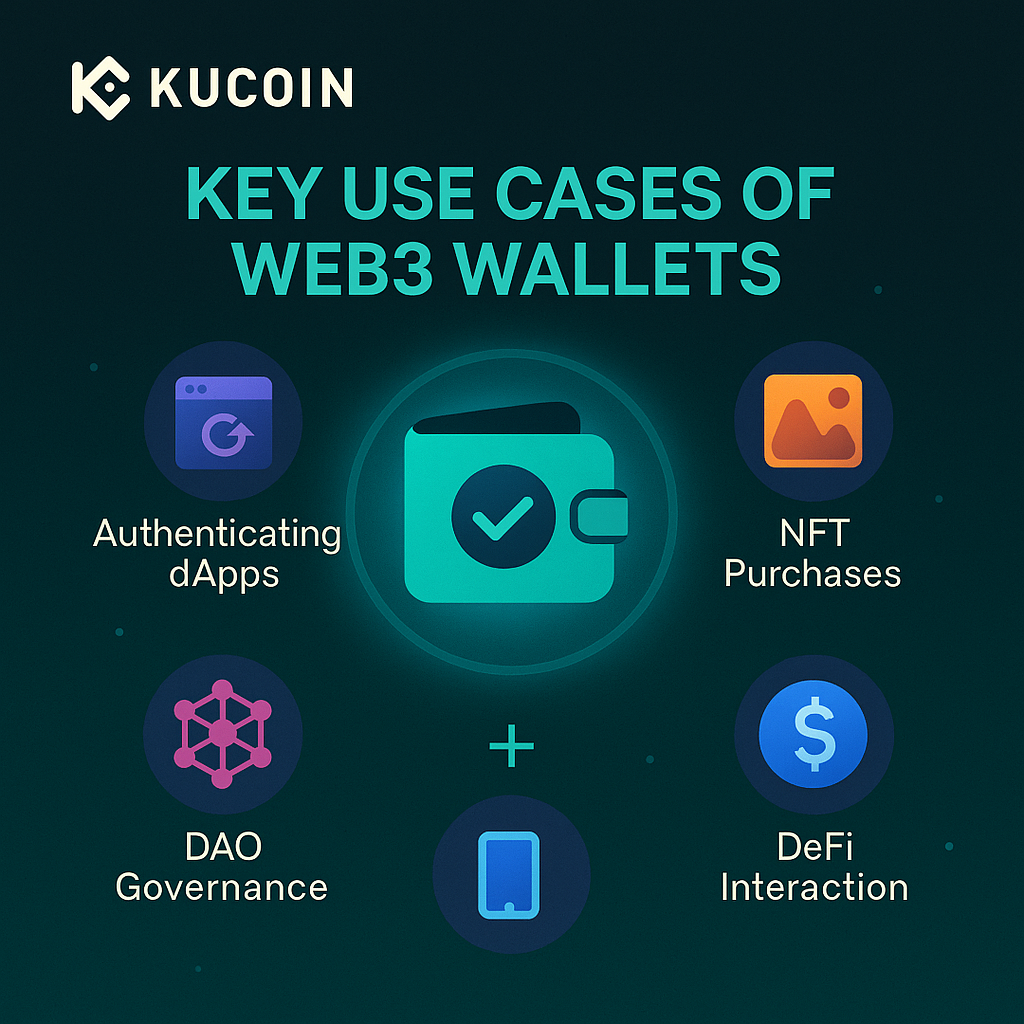The digital world is on the cusp of a significant transformation. Web3, often hailed as the decentralized internet, promises to shift control from large corporations back to individual users, fostering an ecosystem of greater privacy, ownership, and transparency. At the very core of this paradigm shift, empowering every interaction, lies the Web3 crypto wallet. Far from being mere storage for your digital assets, these wallets are rapidly evolving into the quintessential tool for navigating the decentralized web – serving as your digital identity, your transaction hub, and indeed, your passport to a new online frontier. To truly participate in this evolving landscape, understanding the intricate role and increasing adoption of these wallets is absolutely crucial.
Wallets: Your Web3 Identity and Control Center

Image: BitPanda
To grasp the essence of a Web3 crypto wallet, it's important to move beyond the traditional analogy of a physical wallet holding cash. In the digital realm, your cryptocurrency isn't actually "stored" inside the wallet itself. Instead, the wallet securely manages your public and private keys. Think of your public key as your bank account number—it's visible to others and allows them to send you funds. The private key, however, is your unique, secret digital signature. It's the cryptographic proof that you own the assets associated with your public key and, critically, it's what authorizes any transaction or interaction you make on a blockchain.
The "Web3" designation elevates these wallets beyond simple asset management. They are specifically designed to directly interface with decentralized applications (dApps), interact with smart contracts, and participate in the broader decentralized ecosystem. This means your wallet becomes a versatile tool, enabling you to:
-
Authenticate and Access dApps: Imagine signing into a decentralized social media platform or a blockchain game. Your Web3 wallet acts as your secure login, replacing traditional usernames and passwords managed by central servers. This provides a truly user-centric authentication method, often referred to as "wallet connect."
-
Execute and Approve Transactions: Whether you're purchasing a unique NFT on a marketplace, swapping tokens on a decentralized exchange (DEX), or contributing to a liquidity pool in DeFi, your wallet is the mechanism through which you approve and broadcast these transactions to the blockchain.
-
Manage Digital Identity and Data: Emerging capabilities within Web3 wallets are allowing users to manage verifiable credentials and components of their self-sovereign identity. This means you could, in the future, selectively share personal data with services without relinquishing full control to a third party.
-
Participate in Decentralized Governance: For many decentralized autonomous organizations (DAOs), your Web3 wallet holds the governance tokens that grant you voting rights on critical proposals, giving you a direct say in the future direction of a project.
Choosing Your Web3 Wallet: Hot vs. Cold Options

The burgeoning Web3 ecosystem has led to the development of various wallet types, each offering a distinct balance between security and convenience, catering to different user needs and risk appetites:
-
Hot Wallets (Software Wallets): These wallets are connected to the internet, offering unparalleled convenience for frequent dApp interactions and daily transactions. While incredibly accessible, their online nature means they carry a higher inherent risk if your device is compromised.
-
Browser Extensions: Leading the charge in dApp interaction are wallets like MetaMask, Phantom, and Keplr. They let you sign transactions and connect to dApps with remarkable ease as you browse the decentralized web. The KuCoin Web3 Wallet also provides a user-friendly experience in this category, allowing you to connect directly to dApps and sign transactions from your browser or mobile device.
-
Mobile Wallets: Applications such as Trust Wallet or Exodus provide on-the-go access to your assets and dApps directly from your smartphone. They prioritize user-friendliness for mobile-first users, offering a familiar app interface.
-
-
Cold Wallets (Hardware Wallets): Representing the pinnacle of security for most users, these are physical devices designed to store your private keys entirely offline. This isolation from the internet makes them virtually immune to online hacking attempts, making them ideal for storing substantial amounts of cryptocurrency or for long-term "HODLing."
-
Prominent examples include Ledger and Trezor. When you need to initiate a transaction, you connect the device to your computer or phone. You then sign the transaction directly on the hardware wallet itself, and crucially, your private keys never leave the secure, offline environment of the device. For a potential investor making a substantial cryptocurrency allocation, a hardware wallet is often considered essential.
-

Image: 101 Blockchains
Many experienced Web3 participants, whether they're dApp developers or serious investors, opt for a hybrid approach: a convenient hot wallet for routine dApp interactions and smaller amounts, coupled with a robust cold wallet for the bulk of their valuable assets.
The Driving Force Behind Web3 Wallet Adoption
The unmistakable surge in Web3 crypto wallet adoption is a powerful indicator of the ecosystem's increasing maturity and broader appeal. This growth isn't accidental; several key factors are propelling it forward:
-
Essential for Ecosystem Participation: Simply put, Web3 wallets are the mandatory gateway to the most innovative and rapidly growing sectors of the decentralized economy. Without a functional Web3 wallet, exploring DeFi, acquiring NFTs, engaging in blockchain-based gaming, or navigating the nascent metaverse becomes largely impossible. As these areas expand and attract more users, the necessity for a wallet drives its adoption.
-
User Experience Improvements: Wallet developers are intensely focused on making these tools more intuitive. Features like integrated token swaps, clearer gas fee estimations, and simpler transaction signing are becoming standard. This push for user-friendliness is crucial in lowering the barrier to entry for everyday users who might be new to blockchain concepts, drawing more retail participants into the space.

-
Empowering Self-Custody: In an era where trust in centralized institutions is sometimes questioned, the concept of self-custody—where individuals retain direct, absolute control over their private keys and, by extension, their assets—is gaining immense traction. Web3 wallets are the primary enabler of this financial sovereignty, offering an alternative to relying on third-party custodians like centralized exchanges for long-term storage. This resonates deeply with individuals seeking true digital asset ownership.
-
Future Identity and Data Management: Looking ahead, Web3 wallets are poised for an even more expansive role. They are expected to become central to managing decentralized identities (DIDs), allowing users to control their personal data and present verifiable credentials across various platforms without relying on a central authority. This vision extends to managing decentralized social profiles and reputation, creating a more private, secure, and user-owned presence online.
As Web3 continues its journey from a groundbreaking concept to an undeniable reality, the Web3 crypto wallet stands as the essential conduit facilitating this transition. Its rapid and expanding adoption isn't just about a rise in cryptocurrencyownership; it symbolizes a profound shift in how we perceive and interact with the internet—empowering individuals with true ownership, enhanced privacy, and a genuine stake in the digital future. For anyone looking to explore this decentralized frontier, understanding, securing, and utilizing your Web3 wallet is the critical first step on this transformative journey.











